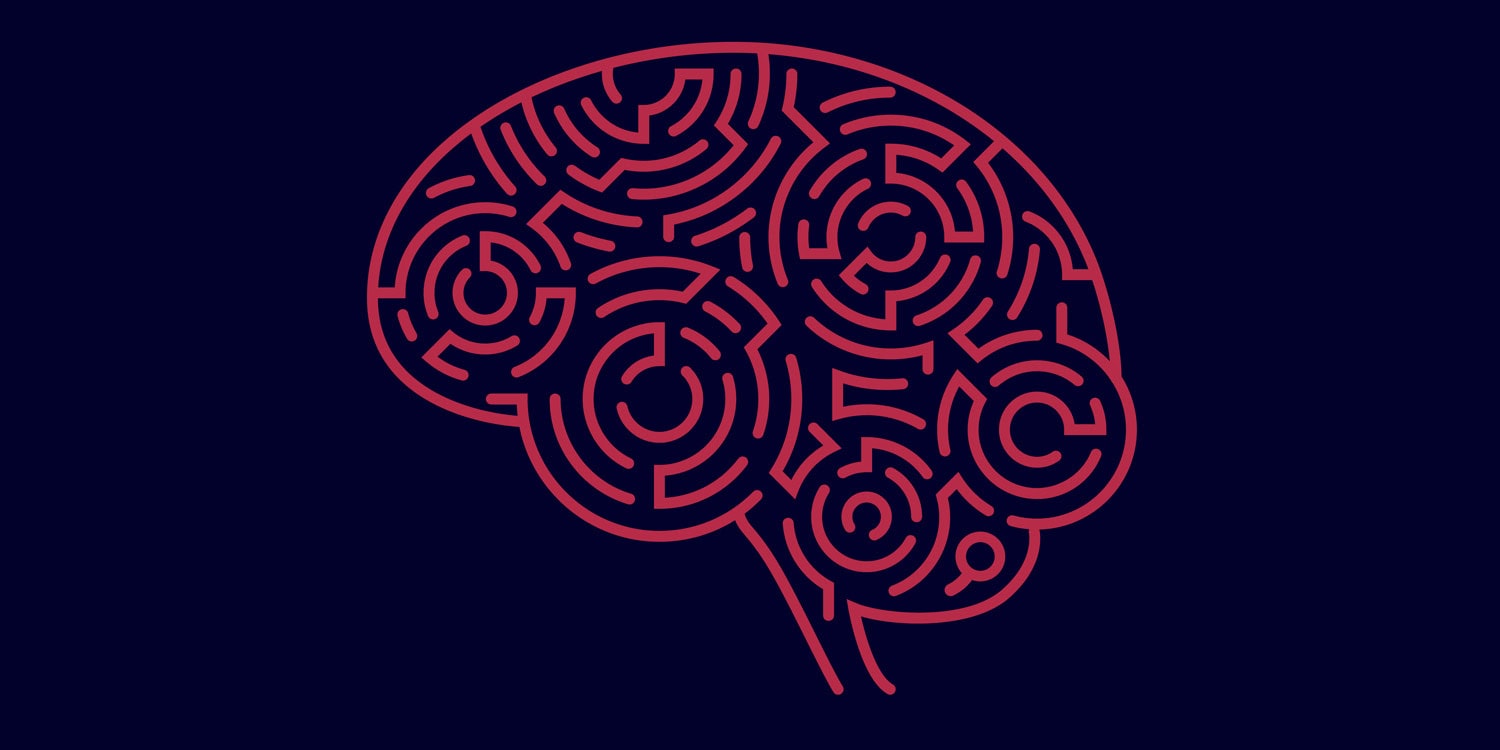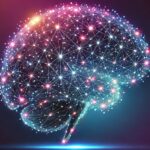In a recent study published in Autism Research, researchers discovered three distinct subtypes of autism spectrum disorder (ASD) in males, each associated with unique brain structure patterns and behavioral traits. These findings suggest that there is considerable diversity in the neural profiles of individuals with ASD, which may influence their specific needs and how they respond to treatment.
Autism spectrum disorder (ASD) is a complex neurodevelopmental condition primarily characterized by difficulties in social interaction, communication, and repetitive behaviors. People with autism experience these symptoms to varying degrees, which is why it is often referred to as a “spectrum.” In addition to these common traits, individuals with ASD may have unique sensory sensitivities, cognitive abilities, and motor skills, contributing to the diversity of the disorder.
Autism’s complexity poses challenges in understanding its causes and developing effective interventions. Despite increased awareness and research, there remains a substantial need for personalized approaches that account for the wide variability in autism’s presentation.
The rationale behind this study stems from the limitations of current diagnostic methods, which often focus on categorizing autism based on symptom severity alone. While helpful, this approach does not fully capture the underlying biological differences that may give rise to similar behaviors. In other words, two individuals may display the same level of social or communication difficulties but could have fundamentally different brain structures contributing to these challenges. This has led researchers to explore other ways to categorize ASD that go beyond outward symptoms, aiming to develop a more nuanced understanding of the brain structures involved in the disorder.
“The incidence of autism has been showing an increasing trend year by year, placing a heavy burden on families and society,” said study author Xinwei Li, a professor at Chongqing University of Posts and Telecommunications. “Currently, there is no effective cure for this neurodevelopmental disorder; however, it is certain that the heterogeneity of the brains of patients is a breakthrough point in revealing the mechanisms of this disease. Recent international research directions and our paper’s findings also support this point.”
The researchers used a dataset called the Autism Brain Imaging Data Exchange, which includes magnetic resonance imaging data for individuals with autism and healthy individuals as a control group. For this study, they focused on 225 male participants with autism and 255 males without the condition, with ages ranging from around 10 to 20. They selected only male participants because most autism cases are diagnosed in males, and including females could introduce confounding effects, as the structural characteristics of autism in females can differ significantly from those in males.
Using T1-weighted MRI images, the researchers analyzed brain structures, focusing on gray matter—one of the key components of the brain involved in processing information. They constructed brain networks based on the similarities in gray matter structure between various brain regions, known as the gray matter network. This analysis allowed them to view the brain’s network in individual participants, giving insight into each person’s unique neural architecture. By applying a specialized machine learning method, called Heterogeneity through Discriminative Analysis, they were able to divide the autism participants into subtypes.
The researchers identified three main subtypes of ASD, each distinguished by differences in how certain brain regions were connected. The first subtype exhibited high connectivity in the left anterior and right posterior central gyri, regions associated with sensorimotor functions, indicating that these participants may experience heightened sensitivity or altered sensorimotor processing.
The second subtype showed decreased connectivity in the left anterior central gyrus, a region associated with motor control, but increased connectivity in the left fusiform gyrus and the lingual gyrus, which are associated with visual and language processing. These findings suggest that individuals in this subtype may face challenges in motor and social visual functions.
The third subtype displayed alterations in the left medial superior frontal gyrus and the left middle frontal gyrus, both regions involved in higher-order cognitive processes, implying that these participants may experience difficulties with planning, decision-making, and social cognition.
“Several aspects of our research findings were unexpected,” Li told PsyPost. “For instance, we observed that the differences in comparisons between different subtypes and control groups were mostly concentrated in the same brain regions, indicating that these areas are likely closely related to the patients’ cognition and functioning. Additionally, we found that the numbers of each subtype were quite similar, which is inconsistent with some studies and necessitates a deeper exploration of individual differences. Overall, these surprises highlight the complexity of the issues we are studying and reinforce the importance of continued research in this area.”
In addition to these brain connectivity differences, the study found significant variations in clinical measures across the three subtypes. For instance, participants in the third subtype scored higher in verbal and performance intelligence tests than those in the other subtypes, while those in the first subtype had more challenges in communication and social interaction. These differences provide further insight into how the brain’s structure correlates with autism’s diverse behavioral and cognitive manifestations.
“The average person should be aware that autism is a complex neurodevelopmental disorder with a rising incidence, which highlights the importance of early detection and intervention,” Li said. “At the same time, autism has different subtypes, and targeted interventions should be conducted based on the specific subtype.”
However, the study has some limitations. First, it included only male participants, meaning that these subtypes may not fully capture the variation in females with ASD. “The exclusion of females from the study restricts the broader applicability of the findings,” Li noted. “Future study is necessary to explore whether our results could be generalized to females with ASD.”
Additionally, the cross-sectional nature of the study does not allow for observing changes over time, which would be important to track developmental trajectories within each subtype. Furthermore, the sample size, though large, may not encompass the entire range of ASD presentations, especially among individuals with intellectual disabilities, as most participants had IQs above 70.
In the future, the researchers aim to build on their findings by incorporating data from other types of brain imaging and conducting long-term studies to see how these brain patterns change over time in relation to behavior and cognition. By expanding the data and exploring additional brain network properties, they hope to develop diagnostic tools that can detect autism subtypes more quickly and precisely, ultimately leading to treatments tailored to each individual’s unique brain structure.
“Next, we hope to expand the dataset by incorporating multimodal data to explore the mechanisms of the patients’ conditions,” Li explained. “Additionally, we aim to conduct in-depth follow-ups on the long-term changes in patients and how these changes affect cognitive and behavioral aspects, as well as to enable rapid diagnosis and prediction of the disease.”
The study, “Three autism subtypes based on single-subject gray matter network revealed by semi-supervised machine learning,” was authored by Guomei Xu, Guohong Geng, Ankang Wang, Zhangyong Li, Zhichao Liu, Yanping Liu, Jun Hu, Wei Wang, and Xinwei Li.




